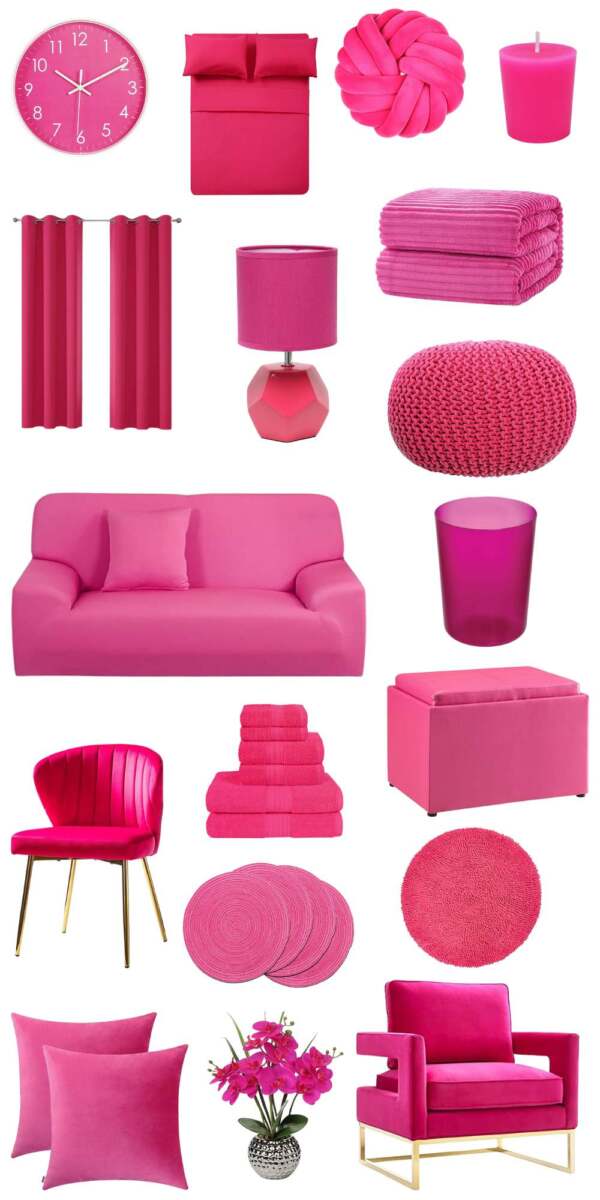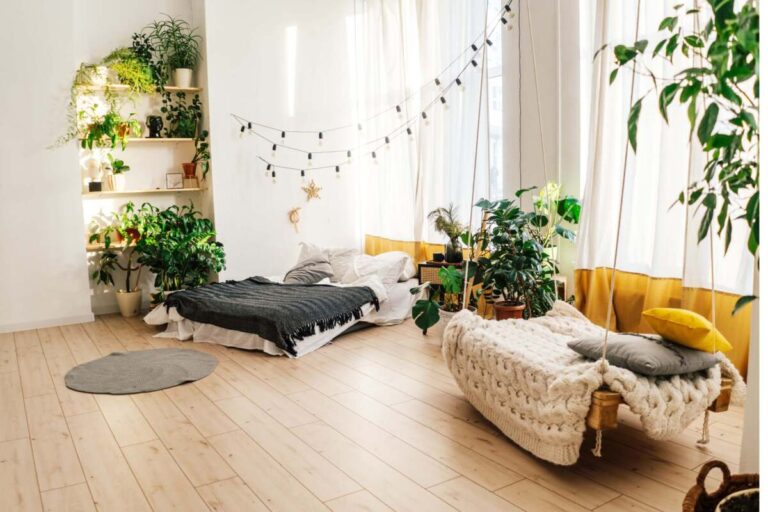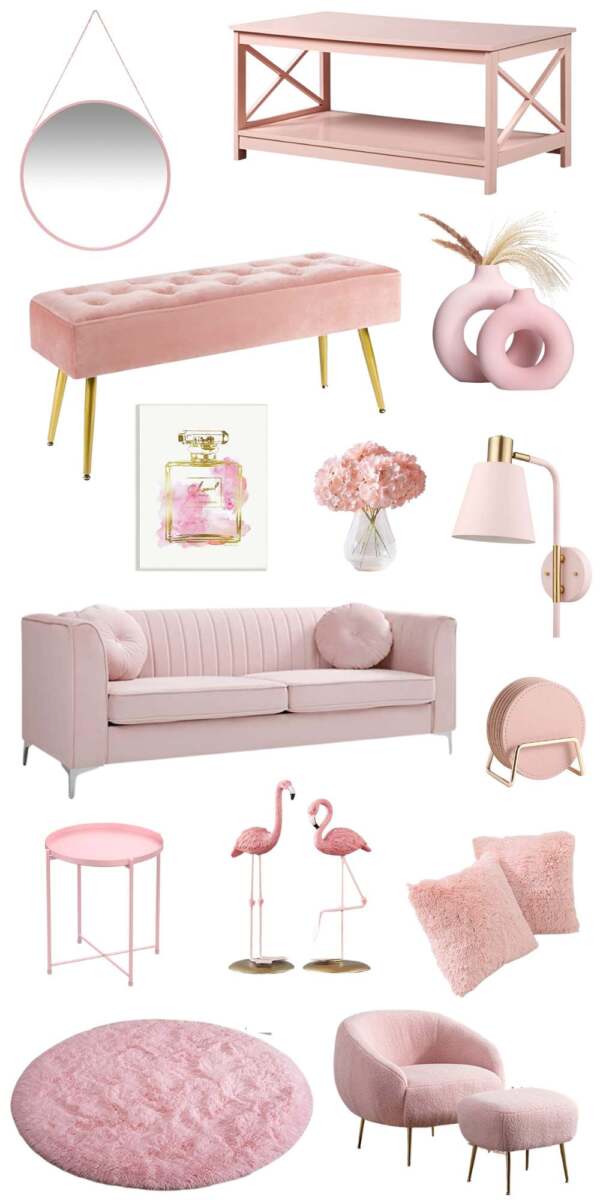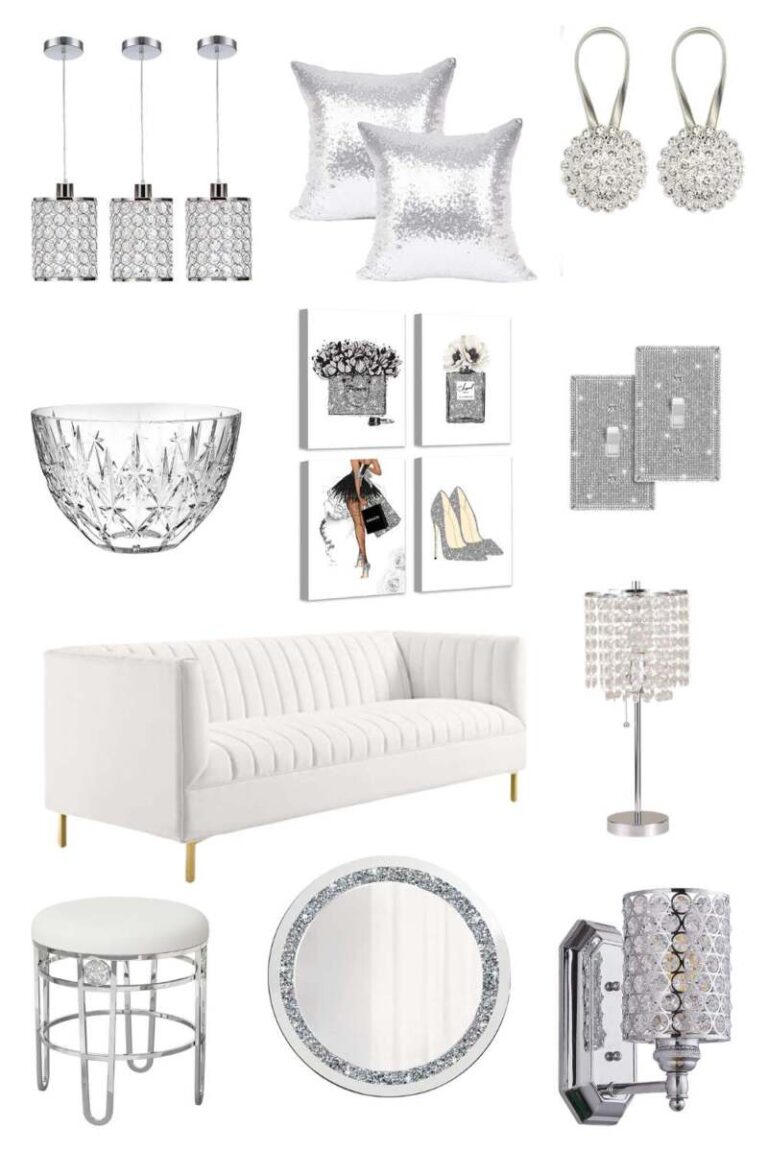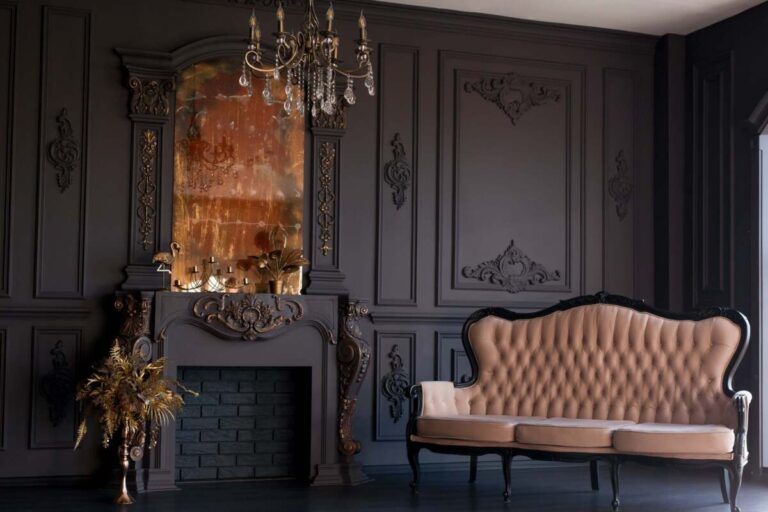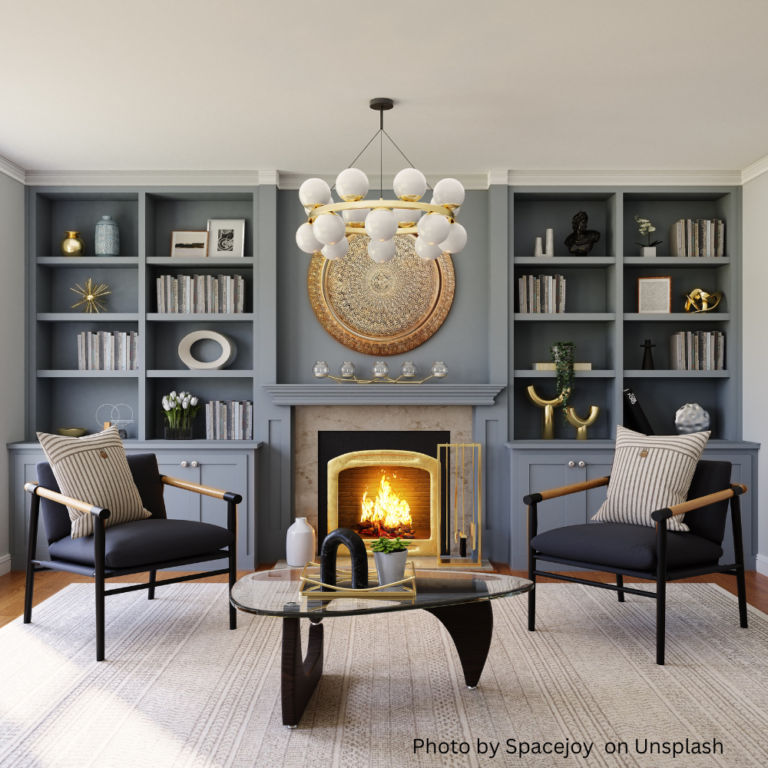How To Decorate Your Home With Japandi Style

What is Japandi?
The term Japandi is a design trend that blends the Japanese and Scandinavian home decor principles. Fusing Japanese traditional design values with Scandinavian modernism creates the perfect aesthetic for a simplistic, cozy and spacious home. Both are rooted in minimalism, the use of natural materials and neutral, soft, warm and muted color palettes. Although Japandi is a minimalist design style, it has its own core principles to abide by in order to achieve an authentic Japanese and Scandinavian infused home.
This trend has gained huge popularity over the years and is expected to be one of the top interior design trends in the coming year. Iit promotes a peaceful and relaxed home by mixing the aesthetics of two vastly different cultures and regions. If you are someone who enjoys simplicity and minimalist interior design then the Japandi trend might be for you.
Here are the key styling techniques to keep in mind when creating a minimal and simplistic Japandi vibe.

1. Incorporate The Japandi Color Palette
The Japandi color palette uses neutral and muted color palettes, using black as an accent and some greenery from plants.
Here is an example of a Japandi color palette


Keep your walls a warm white, avoid stark white as this creates a sterile looking space rather than the cozy serene environment of the Japandi style. Warm white is often the perfect choice as it compliments wood and other natural elements well. But of course some of us prefer darker walls and in that case keep them muted and create a contrast with your furniture.
What about the use of black in Japandi decor? Black is a bold color and stands out in any room and can take away from the minimal ambiance. When designing Japandi use black very sparingly and strategically. It’s best to use it as an accent rather than a base. For example, minimal wall art with splashes of black, black ceramic pottery on your side tables, or hints of black on your curtain. Consider charcoal rather than black as it fits better with the Japandi style.
The use of bright pops of color should generally be avoided. However, if you really want to add some vibrance to your Japandi space consider green plants or wall art with one solid pop of color.

2. Use Natural Organic Materials
Incorporate natural materials throughout your home. This is key to infusing the love and respect of nature that both the Japanese and Scandinavians have.
Consider incorporating the following
- Ceramic or terracotta pottery
- Paper Lamps
- Wood, rattan or bamboo furniture (for your couches, dining tables, bed frames)
- Wood slatted walls
- Wood flooring
Some wood types of the Japanese are the Japanese cedar (sugi), the Japanese red pine (akamatsu) and the Japanese cypress (hinoki). Wood types typical of the Scandinavian are Mahogany, Oak, Teak and Pine.
Here is an example of some wood types common in Japandi home decor. Decide which fits your style and combine the light and the dark woods to create contrast.

3. Choose Crafty and Sustainable Furniture
When choosing furniture for your Japandi home, use the natural materials mentioned above keeping craftsmanship and sustainability in mind. For the Japanese influence keep them low to the ground and slightly asymmetrical and imperfect (wabi sabi). For the nordic influence think clean simple lines and straightforward shapes.

4. Incorporate Japandi Wall Art
Like everything else in a Japandi home, keep your wall art minimal and/or abstract with neutral, soft, warm and/or muted color palettes. This can be a mix of these colors or you can keep it monochromatic. For those that love a splash of color or black this is where you want to incorporate it. But remember to keep it as simple as possible. If you’re looking for some ideas or inspiration, grab these free Japandi wall art prints.


5. Reduce Clutter
The Japandi style has a minimal vibe and so it is no surprise that reducing clutter is important. By keeping only the things you need as well as a few sentimental pieces your home will look organized, more expensive and spacious.
Everything in the home should have its place. If you are at all familiar with Marie Kondo (organizing consultant, author and tv personality), then you know the importance of this in Japanese culture.
6. Use Plants Sparingly For Color
When using greenery don’t overdo it. Place a few plants in key places. Some Japanese indoor plants are bonsai tree, fern tree, and weeping willow. Alternatively for the Scandinavian vibe consider plants such as aloe vera, snake plant and dracaena. Plants are a great way to add color to a warm neutral space without taking away from it.
7. Choose Wooden Kitchenware
Perhaps you did not consider kitchenware as part of decor but this is quite the contrary. Close your eyes and imagine setting dinner on your beautiful oak dining table with silver cutlery and stark white dishes. Takes away from the vibe right? Instead think wooden cutting boards, bamboo straws, matte finished pots and pans with wooden handles such as oak or bamboo, wooden cutlery and ceramic dinnerware (dishes, bowls, cups).


8. Curate a Serene Space Using Light
Lighting is key when creating a calm and relaxed interior. Since the main focus of the Japandi style is natural minimalism it goes without saying that natural lighting is best so open up the curtains during the day and let the sun shine and bounce off your warm white walls.
When picking light fixtures consider wood pendants or paper lamps for the Japanese feel or matte finished metal pendants for more of the nordic feel. If possible add dimmers to your switches to control the ambiance.

You’re All Set For Your Japandi Inspired Space
So for lovers of the Japanese aesthetic or the Scandinavian aesthetic the blend of the two seems to be a match made in heaven. Get creative and enjoy the process just as much as the finished space!
If you follow these key principles you will have a home that exudes calmness and tranquility. Are you wondering where to shop Japandi? These stores have a wonderful selection:
